Wednesday, July 15, 2015
INTERVIEW WITH CATHERINE LINKA, AUTHOR OF A GIRL CALLED FEARLESS / A GIRL UNDONE
I recently got my hands on A GIRL UNDONE and was so impressed, I had to chat with the author, Catherine Linka:
Having never
tackled a series myself, what was your process? How do you decide on the proper
dividing point for action? Do you outline two books at the onset of writing?
Were both books finished at the point at which the series was acquired? Or did
you write the second book once you’d found a publisher?
Well, I bumbled though my process, because I didn’t
intend to write a sequel, but St. Martins insisted when they bought A Girl
Called Fearless. After saying yes, I was slammed with writer’s
block.
Several characters had unfinished business, so I started
thinking about what needed to be resolved. Then at a retreat with the Plot
Whisperer Martha Alderson, I realized that since Avie was on the run in A Girl
Called Fearless, she had to be caught in A Girl Undone, because that was the
worst thing that could happen, and she’d be forced to face her nemesis.
But my biggest obstacle was identifying Avie’s
emotional journey. Avie says, “I am fearless,” at
the end of book one, so where could she go from there? Then I realized Avie had
to go from being intent on her survival to sacrificing herself for the good of
others.
While I haven’t written a series, I am in the midst
of tackling the sequel to one of my YAs. I know firsthand what a balancing act
it is to filter in backstory without relying on the dreaded info dump. What
techniques did you rely on to provide backstory in book two? How much backstory
was necessary?
Ugh. It’s so hard to know how much backstory
is enough. A Girl Undone begins two days after A Girl Called Fearless which
helped limit the amount of filling in that was needed. I tried to get the
reader engaged immediately with my main character, Avie using the high stakes
threat of the police looking for her. Bringing Luke back in the first chapter
meant that he and Avie could catch the reader up as they caught each other up.
I like to deliver backstory in dribbles and focus on the
dangers of the moment, so I kept asking myself: what key pieces of information
does the reader need NOW to understand
what is going on in the scene and to get why the characters are acting the way
they are. And it’s good my critique partners for A Girl
Undone had a long break after reading A Girl Called Fearless, because they
reminded me of what they’d forgotten.
Do you feel your prior experience as a YA book buyer gives
you special insight into what your readership wants from a novel? (I don’t feel as though I can ever turn off the writer in me—even when I’m reading a book for enjoyment. Do you
ever get to turn off the bookseller inside you? Do you look at your own work
the same way you looked at work as a bookseller?)
Oh, my gosh. As part of my job, I ran a teen board, so for
seven years I listened to kids complain about sequels—how
the main character changed in the second book in a way they didn’t
like, or how the love triangle was getting annoying, or how the first book was
amazing, but the third was boring. I realized fans set the bar really high, and
I had to work my butt off to satisfy them.
Even though I know what’s
“commercial” doesn’t
mean I write for that. In fact, I didn’t submit a number of manuscripts,
because I knew they weren’t commercial. I write because I love
to write, and I write what interests me.
What are you reading now?
It’s a memoir by a hummingbird rescuer in
LA. We have tons of hummingbirds in our neighborhood and I’m
fascinated by them.
I love that you speak on girl power. Your protagonist Avie
is the perfect symbol of girl power—what a hero! Having seen how you
approach the subject of girl power in your fiction, I’m curious: how do you approach it as a speaker?
I want kids to know they do not have to be ninjas or
superheroes to be amazing. We love these characters, but I try to get across to
kids that it isn’t martial arts training or weapons
skills that makes a girl a kickass chick—it’s
the will to not give up—even when you’ve
fallen down or messed up or been the victim of something awful. Surviving makes
you a survivor and that is powerful. I want kids to know they have power inside
them they may not realize they have, because it hasn’t
been tested yet.
As authors, I know we both cringe at the idea of book
banning. In what ways have you spoken regarding book banning? Have you ever
stood in defense of specific works that were in the process of being banned?
I think our librarian friends are on the frontlines in that
fight. As a bookseller, I’ve set up displays for Banned Book
Week and advised a Girl Scout for her Gold Award project on book banning, but I can’t
claim to be a hero.
What I love about your series is that it’s set in the future, but the themes are reflective of today’s world. How did the idea for this series begin—was it born from a headline? Current events? Personal
observation?
It was born from frustration with the futuristic stories I
was reading, because the characters and situations felt less and less real. I
thought I’d play with what I thought would
really happen to a regular girl if a pandemic changed the US.
How much research was involved in putting the series
together?
Not that much, actually. I’m
a news junkie, so I’d already been following stories about
women’s issues around the world. But I had
to research how to shoot a gun, and how survivalists live and think when I
wrote A Girl Called Fearless. I even went to shooting range to fire a Glock and
a semi-automatic. Research like this makes you wonder if you’re
on a Homeland Security watch list.
Congrats on the series being developed for TV! How did that
happen? Are you involved at all in writing and developing the story for
television?
I live in LA, so a friend connected me to an agent, and to
my shock, he loved A Girl Called Fearless. I’ve
consulted on the pilot script, and if the series sells, then I will continue to
consult. It’s fun to think about, but nothing’s
guaranteed in Hollywood.
As a dog lover, I have to ask: Did you get that puppy?
Yes. Carter (named after John Carter of Mars) is a 15 week
old yellow lab, and he’s as athletic and determined as his
namesake. He could be the next ruler of Mars!
Be sure to keep up with Catherine at her author site and Twitter: @cblinka. And don't hesitate to snag your copies of the truly incredible A GIRL CALLED FEARLESS and A GIRL UNDONE.
Subscribe to:
Post Comments (Atom)




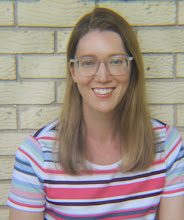













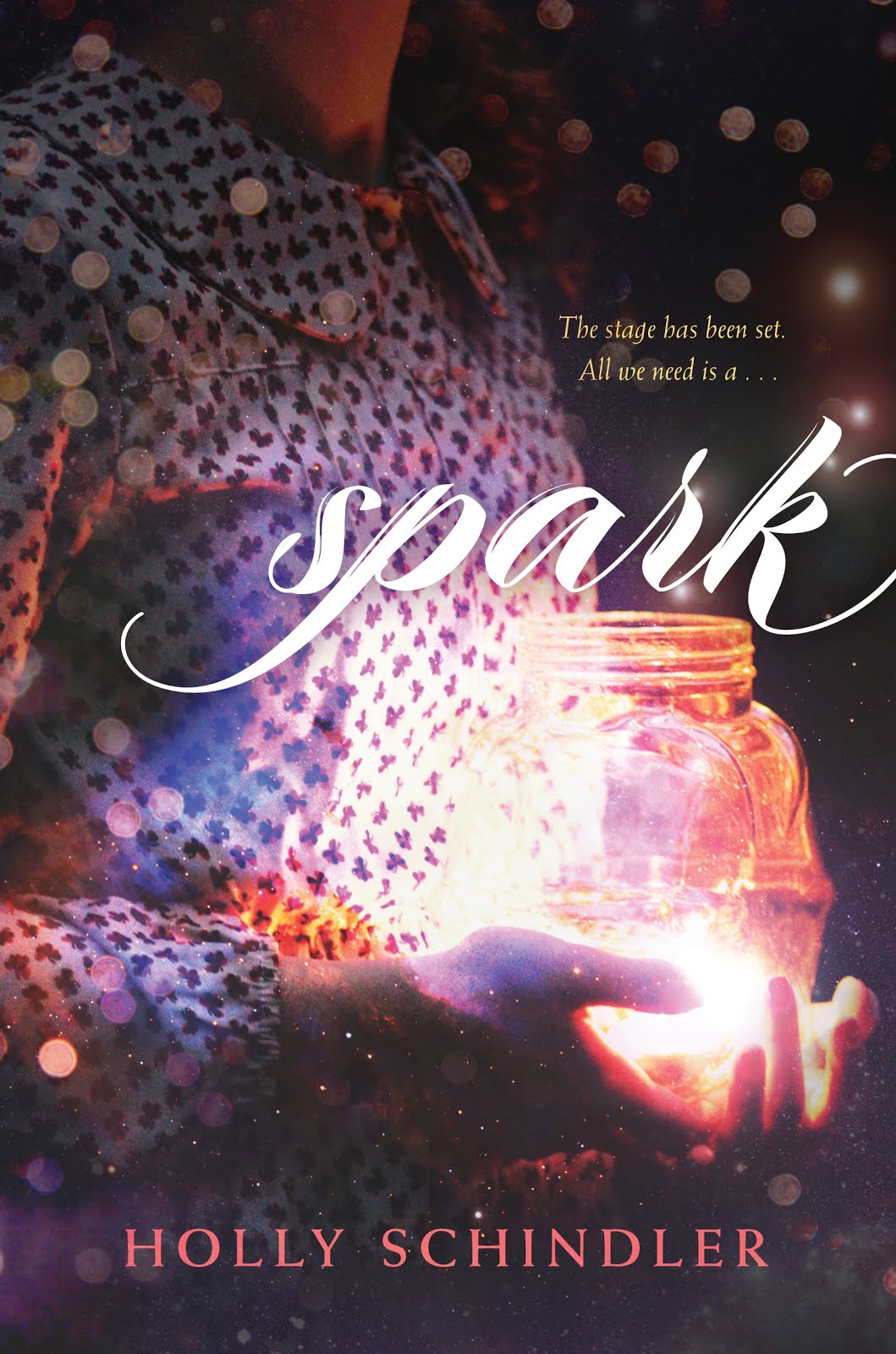





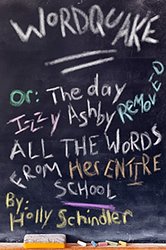



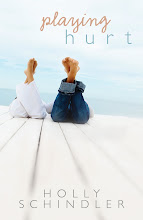

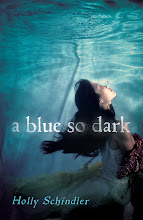








No comments:
Post a Comment